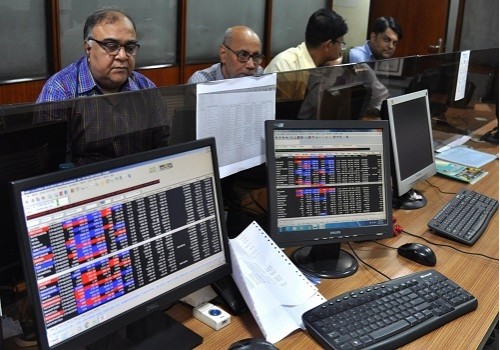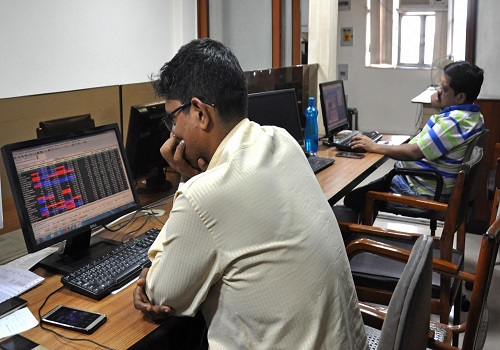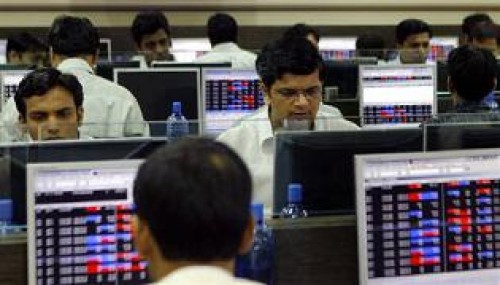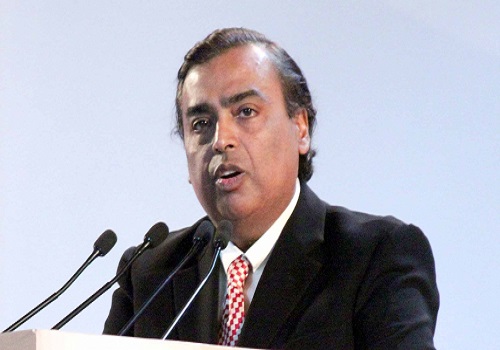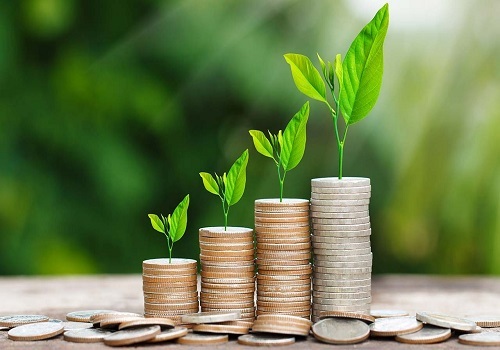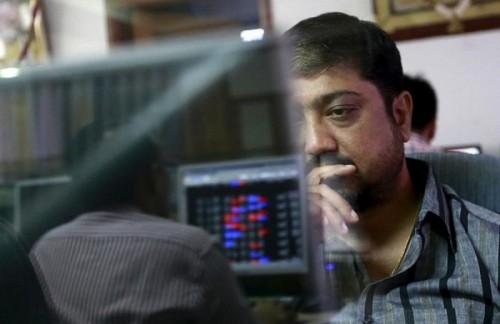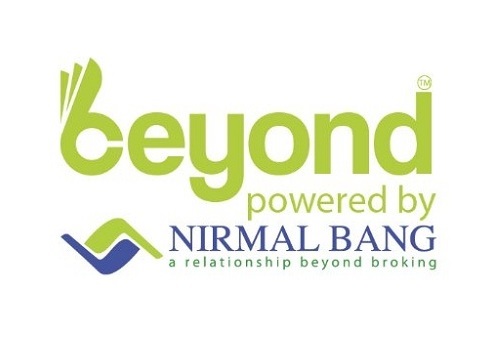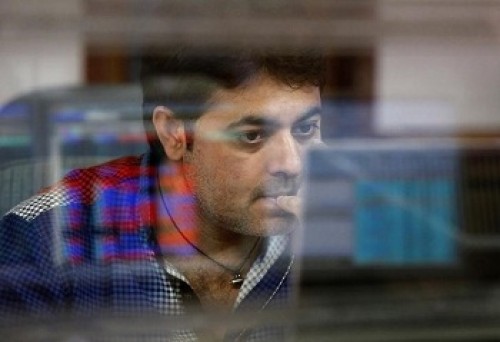Indian benchmarks start FY22 on optimistic note
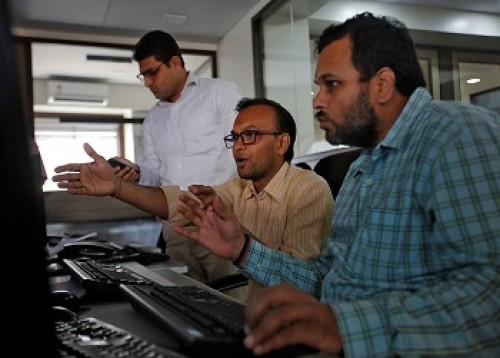
Follow us Now on Telegram ! Get daily 10 - 12 important updates on Business, Finance and Investment. Join our Telegram Channel
https://t.me/InvestmentGuruIndiacom
Download Telegram App before Joining the Channel
Thursday turned-out to be a fabulous day of trade for Indian equity benchmarks with frontline gauges recapturing their crucial 14,850 (Nifty) and 50,000 (Sensex) levels. The benchmarks made a gap-up opening in early deals taking support from Reserve Bank data showing that India's current account deficit narrowed to $1.7 billion or 0.2 per cent of the GDP in the December quarter as against $2.6 billion or 0.4 per cent of GDP in the year-ago period. Sentiments got a boost as the foreign portfolio investors (FPI) have pumped in more than Rs 2.75 lakh crore ($37 billion) in the Indian equity market during FY2020-2021. This is the highest ever investment by foreign investors into Indian equities in the last two decades. Traders also took note of report that the central government's fiscal deficit at the end of February worked out to be 76 per cent of the revised estimate, indicating that it is likely to remain within the projections made by Finance Minister Nirmala Sitharaman last month.
However, key indices cut most of their gains in late morning session as traders got anxious with data showing that the growth of eight core infrastructure industries declined by 4.6 percent in February 2021, the steepest contraction in the last six months which could drag the overall industrial production in the month into the negative territory. The growth rate of the eight infrastructure sectors stood at 6.4 percent in February 2020. In January this year, the segments have registered a positive growth of 0.9 per cent. But, market regained traction to end higher after finance ministry said that GST collections grew to a record high of Rs 1.23 lakh crore in March 2021, crossing the Rs 1 lakh crore-mark for the sixth month straight, indicating rapid economic recovery post-pandemic Some optimism also came with Economic Affairs Secretary Tarun Bajaj’s statement that the government will borrow Rs 7.24 lakh crore, which is 60.06 percent of the gross issuances, in the first half of 2021-22 fiscal (H1FY22) to meet resources to perk up the economy hit by the coronavirus pandemic. According to the Budget 2021-22, the government's gross borrowing was estimated at Rs 12.05 lakh crore in the financial year beginning April 1.
On the global front, Asian markets ended in green on Thursday after U.S. President Joe Biden announced a multi-trillion-dollar infrastructure investment plan to reshape the world's largest economy and counter the rise of China. Besides, the latest survey from Caixin showed the manufacturing sector in China continued to expand in March, albeit at a slightly slower pace, with a seasonally adjusted manufacturing PMI score of 50.6, down from 50.9 in February. European markets were trading higher, after final data from IHS Markit showed the euro area manufacturing sector grew at the strongest pace in nearly 24 years of data collection, underpinned by strong production and orders. The final factory Purchasing Managers' Index rose to 62.5 in March from 57.9 in February. The flash reading was 62.4. Growth was broad-based across the region, with Germany and the Netherlands leading the way. Back home, on the sectoral front, steel sector was in focus as rating agency ICRA said domestic steel rates are likely to remain elevated on the back of favorable international price trends despite a possible moderation in demand in the near term. There was some reaction in banking stocks as the Finance Ministry notified that government will infuse Rs 14,500 crore through recapitalisation bonds in four public sector banks. Shares of auto companies were also in focus as they are set to unveil their March sales figures today.
Finally, the BSE Sensex rose 520.68 points or 1.05% to 50,029.83, while the CNX Nifty was up by 176.65 points or 1.20% to 14,867.35.
The BSE Sensex touched high and low of 50,092.48 and 49,478.53, respectively. There were 26 stocks advancing against 4 stocks declining on the index.
The broader indices ended in green; the BSE Mid cap index rose 1.66%, while Small cap index was up by 2.05%.
The top gaining sectoral indices on the BSE were Metal up by 5.41%, Basic Materials up by 2.89%, Utilities up by 2.80%, Power up by 2.77% and Telecom up by 2.02% while, FMCG down by 0.06% and Consumer Durables down by 0.05% were the losing indices on BSE.
The top gainers on the Sensex were Indusind Bank up by 4.12%, Kotak Mahindra Bank up by 2.88%, Ultratech Cement up by 2.39%, Bajaj Finance up by 2.35% and Axis Bank up by 2.30%. On the flip side, Hindustan Unilever down by 1.29%, HDFC Bank down by 0.47%, Nestle down by 0.40% and TCS down by 0.37% were the top losers.
Meanwhile, Economic Affairs Secretary Tarun Bajaj has said that the government will borrow Rs 7.24 lakh crore, which is 60.06 percent of the gross issuances, in the first half of 2021-22 fiscal (H1FY22) to meet resources to perk up the economy hit by the coronavirus pandemic. According to the Budget 2021-22, the government's gross borrowing was estimated at Rs 12.05 lakh crore in the financial year beginning April 1.
Bajaj has stated that the government would issue 2-year, 5-year, 10-year, 14-year, 30-year, and 40-year securities. On the expected rate for the next financial year, he said the Reserve Bank of India (RBI) will take appropriate action to ensure that yields remain in reasonable limit. Gross borrowing includes repayments of past loans. Repayment for past loans in the next financial year has been pegged at Rs 2.80 lakh crore. The gross borrowing from the market for the next year would be around Rs 12 lakh crores.
He further said the fiscal deficit for the current fiscal would be around the Revised Estimate announced in the Budget. He said ‘fiscal deficit number in February may be low at 76 per cent but in March, we have pushed a lot of expenditure. So, it should be closer to the number mentioned in RE in the Budget.’ With regard to inclusion of government bonds in global indices, he said efforts are on and it should happen in FY22.
The CNX Nifty traded in a range of 14,883.20 and 14,692.45. There were 41 stocks advancing against 9 stock declining on the index.
The top gainers on Nifty were JSW Steel up by 7.91%, Hindalco up by 6.56%, Tata Steel up by 5.80%, Adani Ports up by 4.43% and Indusind Bank up by 4.35%. On the flip side, Hindustan Unilever down by 1.34%, Nestle down by 0.67%, HDFC Life Insurance down by 0.55%, Divi's Laboratories down by 0.35% and TCS down by 0.34% were the top losers.
European markets were trading higher; UK’s FTSE 100 increased 33.82 points or 0.5% to 6,747.45, France’s CAC increased 9.39 points or 0.15% to 6,076.62 and Germany’s DAX increased 34.88 points or 0.23% to 15,043.22.
Asian markets ended in green on Thursday cheered up with the unexpectedly strong economic data by Japan and South Korea and as US President's $2.3 trillion infrastructure spending plan. Sentiments pulled up with the hopes that vaccinations and government spending plans have raised expectations for supercharged economic growth and a possible rise in inflation, which has pushed yields higher. China's Shanghai finished higher kindled by gains in consumer and health shares. China’s factory activity in March expanded at the slowest pace in almost a year on softer overall domestic demand, but underlying economic conditions remained solid. On the Global front, stocks are advancing with the optimism over global recovery though some gains remained trimmed with the rise in covid infections and new restrictions imposed.
Above views are of the author and not of the website kindly read disclaimer




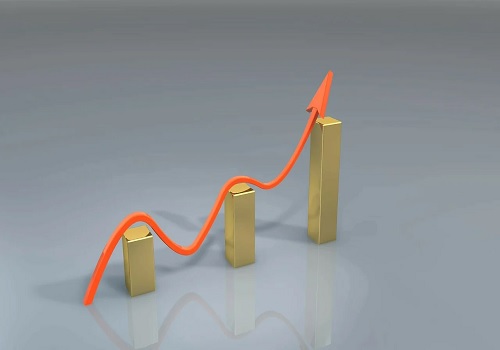


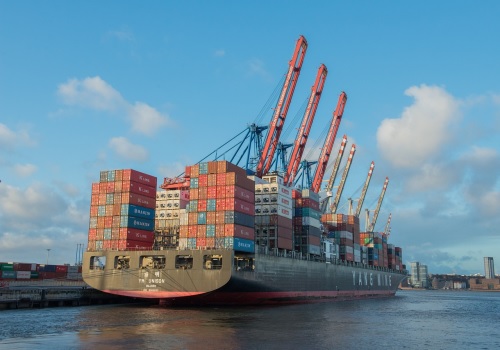

Tag News

Weekly Market Analysis : Markets strengthened recovery and gained nearly 2% in the passing w...
